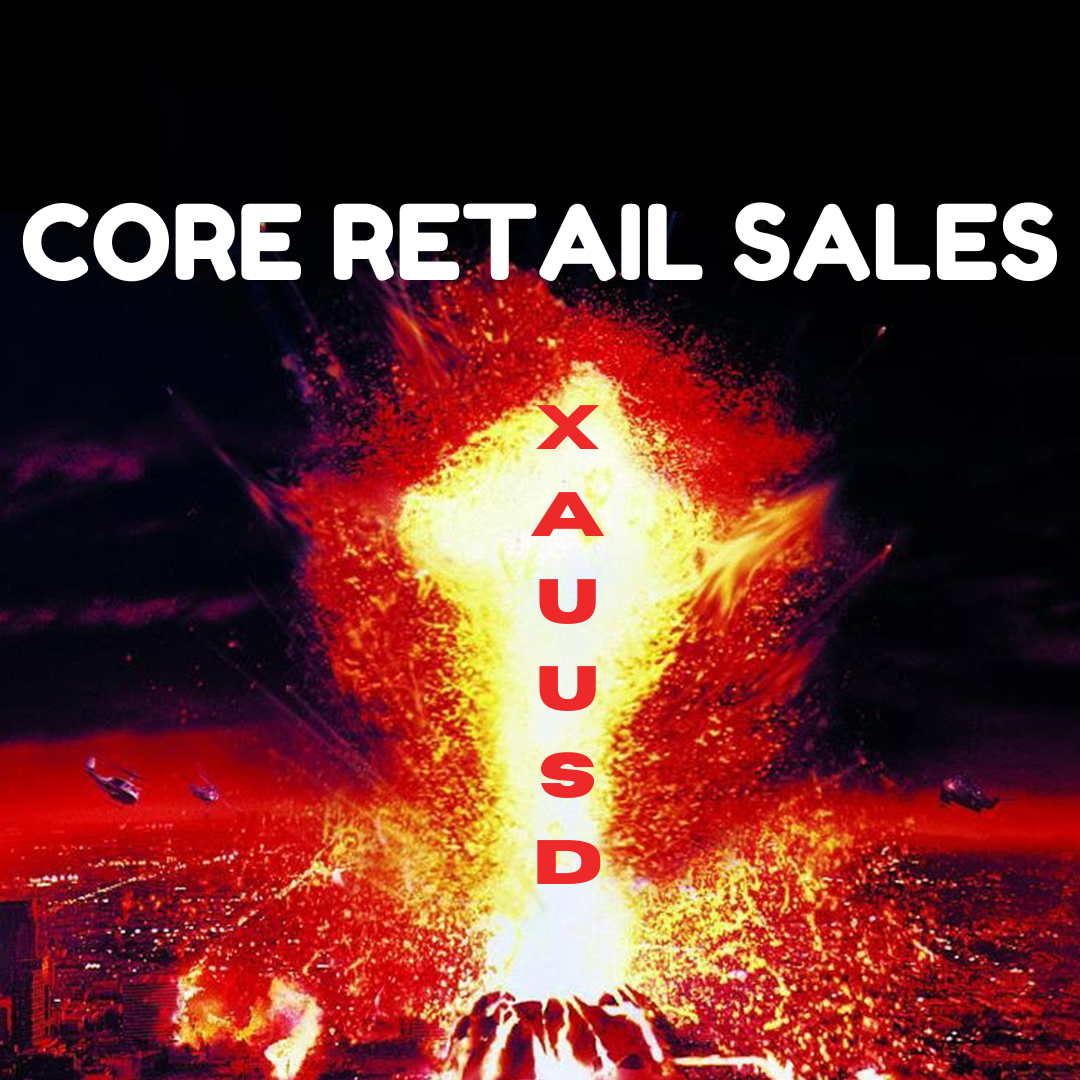

Introduction:
Gold, often considered a safe haven investment, has long been a subject of interest for investors. Today, on August 15, 2023, we will delve into the relationship between gold prices and two key economic indicators: core retail sales and retail sales data. These indicators provide valuable insights into the health of the economy and can significantly influence the price of gold. Let’s explore how changes in these indicators can impact the gold market.
Understanding Core Retail Sales and Retail Sales Data:
Before we delve into the impact on gold, let’s have a brief understanding of core retail sales and retail sales data. Core retail sales represent the total value of sales at the retail level, excluding automobile sales. This indicator is considered a more accurate reflection of consumer spending patterns as it excludes the volatile automotive sector. On the other hand, retail sales data encompasses all sales made by retailers, including automobiles and other sectors.
Role of Core Retail Sales in Influencing Gold Prices:
Core retail sales data plays a crucial role in determining the strength of consumer spending, which is a key driver of economic growth. When core retail sales increase, it suggests that consumers are confident in their financial situation and are willing to spend more. This positive sentiment can lead to increased demand for goods and services, and subsequently, a potential rise in inflationary pressures. In such scenarios, investors often turn to gold as a hedge against inflation, driving up its price.
Conversely, a decline in core retail sales may indicate a slowdown in consumer spending, which can have a negative impact on the overall economy. In such situations, investors may seek safer investment options like gold, leading to an increase in demand and subsequent upward pressure on its price.
Impact of Retail Sales Data on Gold Prices:
Retail sales data, which includes automobile sales, provides a broader view of consumer spending and economic activity. A significant increase in retail sales can indicate robust economic growth, leading to increased optimism among investors. This positive sentiment can impact gold prices, as investors may divert their funds from gold to other investment options like stocks or real estate, potentially causing a decline in gold prices.
On the other hand, a decline in retail sales data may suggest a slowdown in economic activity, leading investors to seek safe-haven assets like gold. This increased demand can drive up gold prices as investors perceive it as a store of value during uncertain times.
Previous Blog link »
Conclusion:
The relationship between core retail sales, retail sales data, and gold prices is intricate and interconnected. Changes in these economic indicators can significantly impact the demand and price of gold. While an increase in core retail sales may lead to higher gold prices as investors hedge against inflation, a decline in retail sales data can prompt investors to flock towards gold as a safe-haven asset. Therefore, keeping track of core retail sales and retail sales data can provide valuable insights for investors looking to understand and navigate the gold market.
Disclaimer: The information presented in this blog post is for informational purposes only and should not be considered as financial advice. Investors are advised to conduct their own research and consult with a financial advisor before making any investment decisions.

